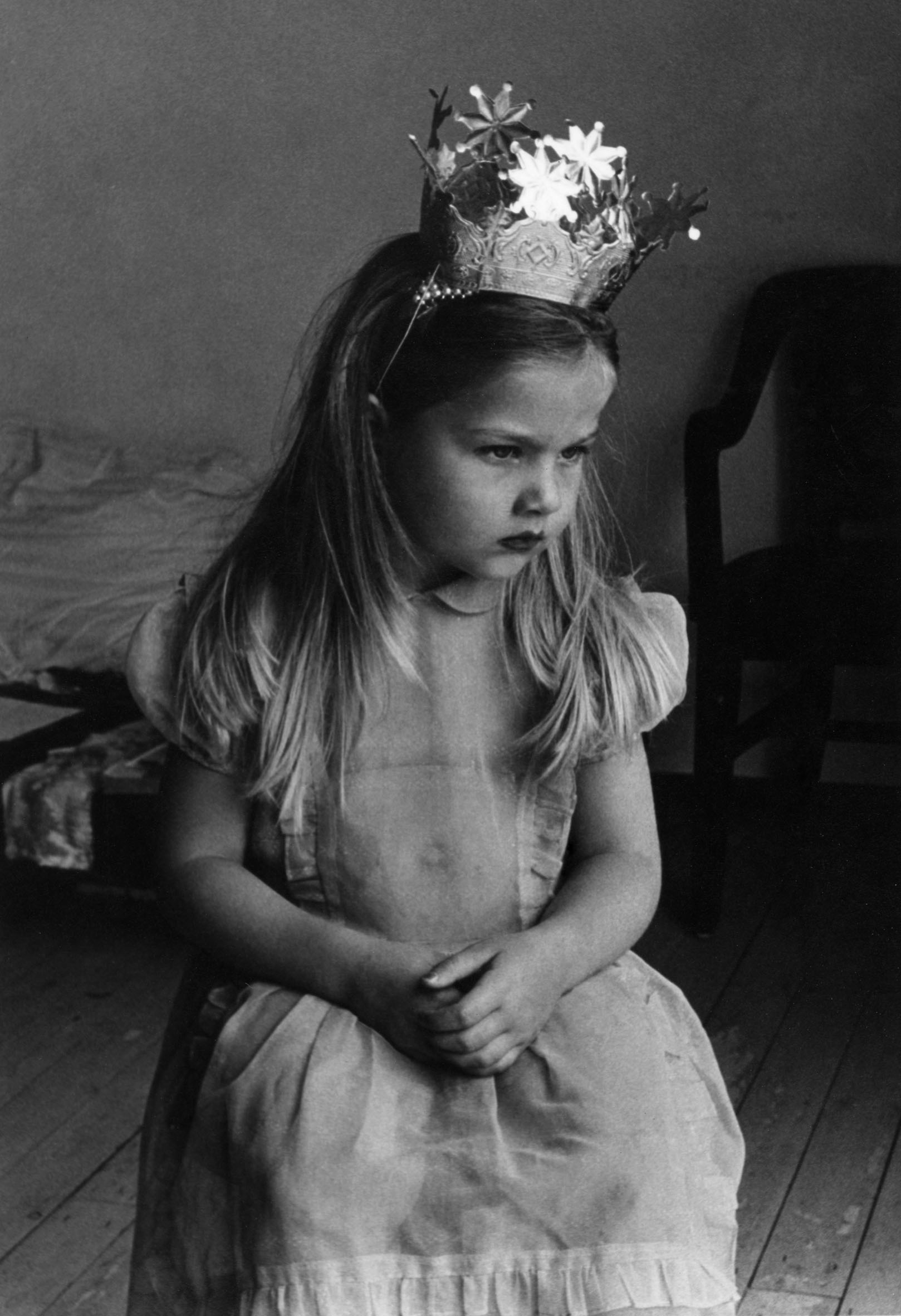The rigour of Van der Kraan’s views on lighting is also perceptible in her careful choice of subjects. Her portraits are mainly of people she knows well or happens to come across, such as workers employed on building sites in her neighbourhood or museum visitors met at an exhibition opening. Her work never expresses any longing for the exotic and unknown, but demonstrates an attraction to common-place sights whose very familiarity might seem to rob them of any photographic potential. In these unspectacular scenes and situations she finds images which bear witness to a clear mind and a sharp eye for the poetry and beauty of everyday life. However, the genuine compassion that Van der Kraan demonstrates for the lives of those around her never degenerates into sentimentality or romanticism. Usually printed in subtle tones of black and white, her photographs have an extraordinary directness and severity of composition and framing. This reveals the photographer, despite her social engagement, as an artist with a strong preference for the formal, academic aspects of photography – a taste she no doubt owes to her background as a graphic designer and popular art school tutor. Helena van der Kraan was born in Prague in 1940. Her maiden name was Helena Jirina Maazel. Following the failure of the 1968 revolution in what was then Czechoslovakia, she fled to the Netherlands, where she was accepted by the renowned postgraduate art training institution, Ateliers 63. This was where she met the man who is now her husband, sculptor and graphic artist Axel van der Kraan. In the 1980s they worked together on a range of projects, such as installations and sculptures. In 1970 Van der Kraan began to explore photography, initially as a way of documenting her projects and before long as an autonomous discipline. The exhibition is accompanied by a catalogue containing a preface by Wim van Krimpen and essays by Paul Hefting, Edwin Jacobs, Wim van Sinderen and Hripsimé Visser (Terra Publishers, 160 pages, price € 45,00; ISBN 90 5897 373 5).
Fotomuseum Den Haag Stadhouderslaan 43 | Postbus 72 | 2517 HV Den Haag
